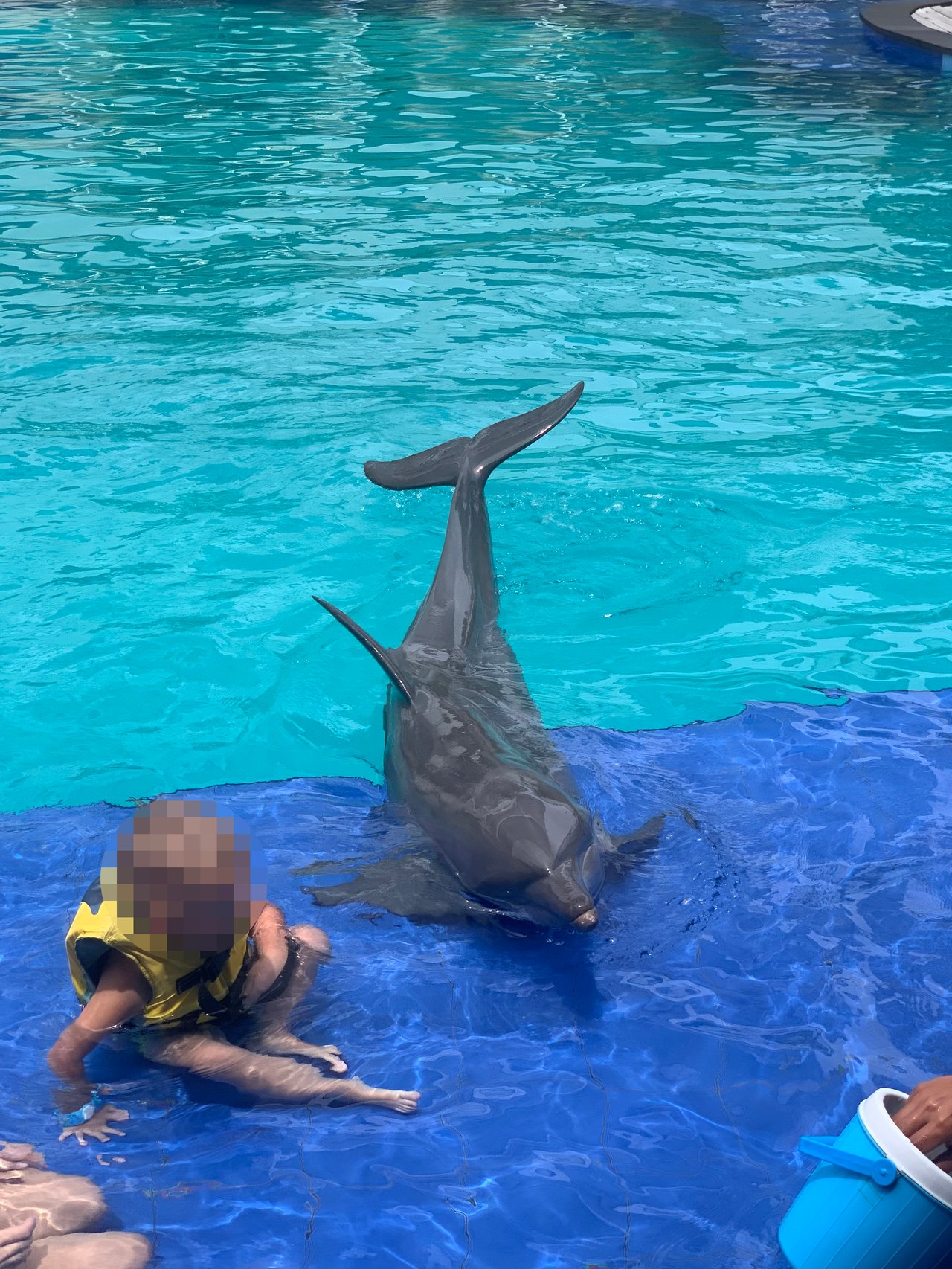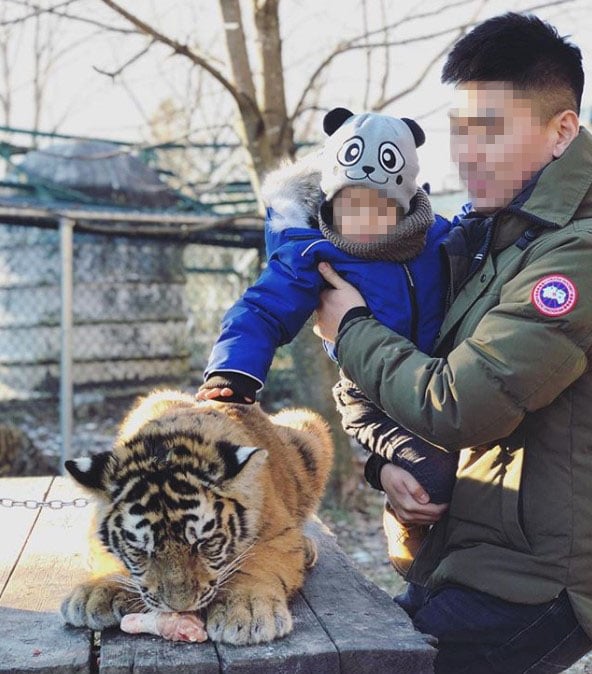
Wildlife. Not Entertainers
Jump to action belowUp to 550,000 wild animals around the world are suffering due to cruel tourist attractions.
From riding elephants to swimming with dolphins or taking selfies with tigers, wild animals are exploited by the entertainment industry and unable to live a natural, fulfilling life. We are working to end the exploitation of wildlife and transform the tourism industry to models that protect wild animals rather than exploit them.

A lifetime of suffering
What may be a “once-in-a-lifetime” experience for tourists is a lifetime of suffering for animals. Often these animals exhibit stereotypical—abnormal and repetitive—behavior as a result of their captivity. These repetitive motions are a sign of psychological distress and include but are not limited to:
- Elephants swaying back and forth while bobbing their heads
- Dolphins swimming in repetitive circles in tiny tanks
- Big cats pacing back and forth in small enclosures
- Orcas and other cetaceans gnawing on and ramming into gates
Not only are these behaviors not seen in wild animals, but the tricks animals in captivity are forced to perform are completely unnatural and unacceptable. Elephants don’t walk tight ropes. Bears don’t dance. And dolphins don’t jump through hoops.
Abused for profit
Wild animals used for entertainment are abused and mistreated for profit.
Dolphins in marine parks live in tanks on average 200,000 times smaller than their natural home range. Many were captured from the wild and taken from their families and social groups (also called “pods”) or bred in captivity and traded among several marine parks.
Tiger and lion cubs are taken from their mothers (sometimes at only one month old) and are chained to or left in small, barren cages for tourists to handle and hug for selfies. Some big cat facilities drug the animals when they get older to force them to cooperate. When they become unmanageable, they are abandoned or discarded at roadside zoos.
Elephants are taken from their mothers as babies, beaten, and subjected to ongoing physical and psychological abuse during training otherwise known as “the crush.” Horrific training techniques ensure the animals are submissive enough to perform tricks, spend their long lives chained, and give rides to paying tourists.

What you can do
- Make sure your travel plans don’t include venues that exploit animals for entertainment. Every year, around 110 million people worldwide visit cruel wildlife tourist attractions and most are unaware of just how much the animals suffer.
- Sign our Wildlife. Not Entertainers pledge and help educate people about animals used for entertainment.
- Use our animal-friendly travel guide to assess attractions you’re considering visiting and share the guide with friends and family. Remember: if you can ride, hug, or have a selfie with a wild animal, it’s animal cruelty.
- Get involved with our campaigns and speak up for animals abused by the entertainment industry.